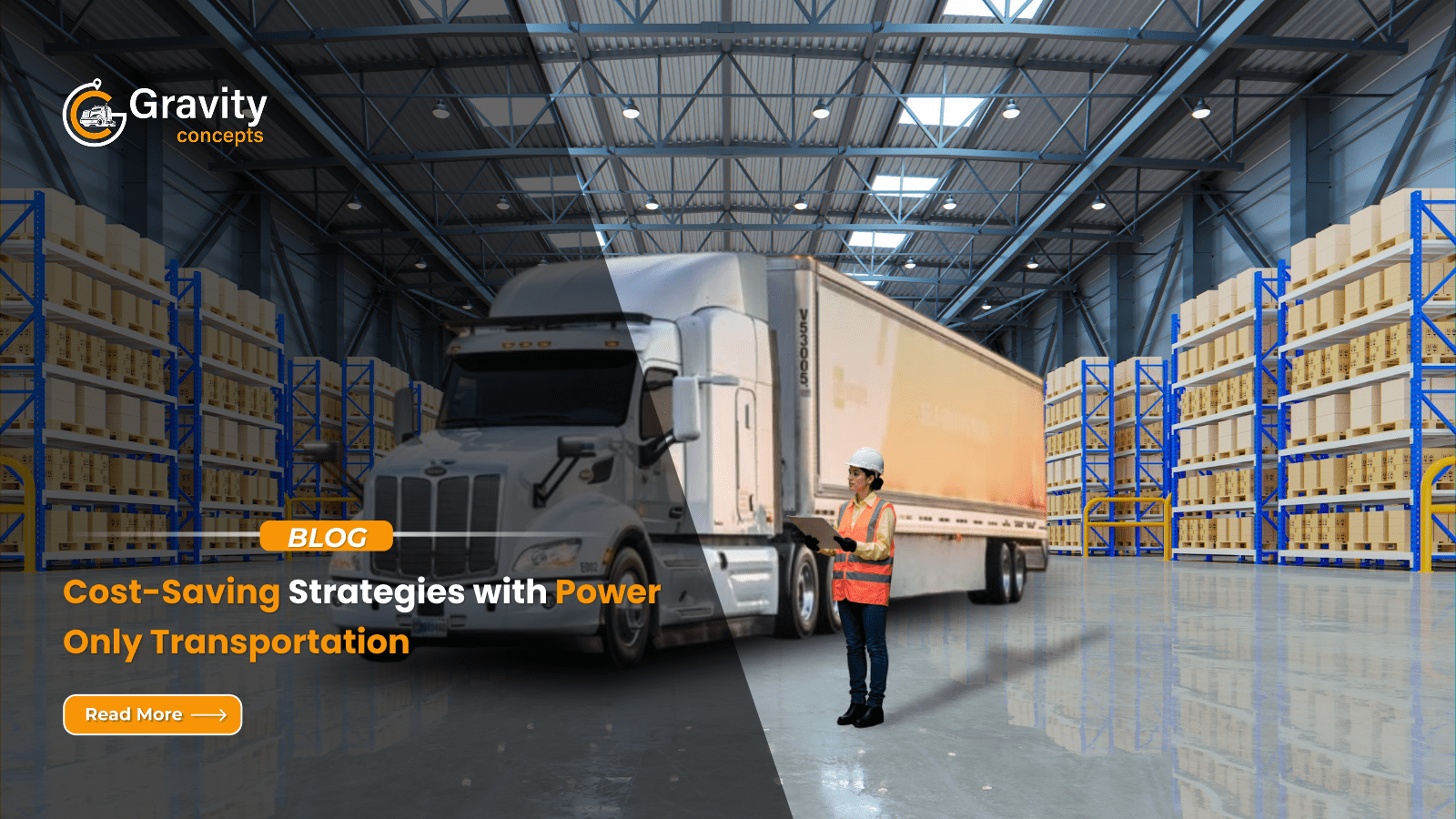
Cost-Saving Strategies with Power Only Transportation
In the logistics industry, managing transportation costs is crucial for businesses looking to maintain profitability. Power only transportation has emerged as a cost-effective alternative to traditional trucking models, offering flexibility and operational efficiency. This method allows businesses to outsource the truck and driver while utilizing their own trailers, reducing expenses while maintaining logistical control. In this blog, we will explore key strategies to maximize cost savings with power only transportation.
Understanding Cost Factors in Freight Transportation
Before implementing cost-saving strategies, it is essential to understand the primary expenses involved in freight transportation. Traditional trucking operations require significant investment in fleet ownership, maintenance, insurance, fuel, and driver wages. Power only trucking helps alleviate these costs by shifting certain responsibilities to third-party carriers, enabling shippers to allocate resources more effectively.
Optimizing Fleet Utilization
One of the biggest financial advantages of power only transportation is the ability to optimize fleet utilization. Instead of maintaining a large fleet of trucks, businesses can scale transportation capacity based on demand. This flexibility prevents unnecessary expenses related to idle trucks and underutilized assets. By renting truck power when needed, companies can reduce capital investments and improve operational efficiency.
Minimizing Deadhead Miles and Empty Runs
Empty miles—when a truck travels without a load—are a major cost burden for logistics companies. Power only transportation helps minimize deadhead miles by allowing shippers to coordinate return trips more efficiently. Businesses can utilize freight-matching platforms and advanced route planning technology to find backhaul opportunities, reducing fuel costs and increasing revenue per mile.
Lowering Maintenance and Insurance Costs
Owning a fleet of trucks requires ongoing maintenance, repairs, and insurance coverage, all of which can be costly. By leveraging power only trucking, businesses shift these expenses to third-party carriers who manage their own fleet. This reduces overhead costs associated with vehicle maintenance and mitigates financial risks related to insurance claims, breakdowns, and compliance issues.
Improving Load Planning and Scheduling
Efficient load planning is crucial for reducing transportation costs. Power only trucking allows shippers to use drop-and-hook operations, which minimize loading and unloading delays. This method improves turnaround times and enhances productivity by keeping trailers moving without unnecessary downtime. Proper scheduling ensures that trucks are utilized effectively, reducing detention fees and storage costs.
Leveraging Third-Party Logistics (3PL) Services
Partnering with third-party logistics (3PL) providers can further enhance cost savings. 3PL companies specialize in optimizing freight movement, negotiating better rates with carriers, and implementing cost-effective supply chain solutions. By integrating power only services into a broader logistics strategy, businesses can access economies of scale and improve transportation efficiency.
Enhancing Fuel Efficiency and Sustainability
Fuel costs represent a significant portion of transportation expenses. Power only carriers often use modern, fuel-efficient trucks that adhere to sustainability regulations. By choosing carriers that prioritize eco-friendly practices, businesses can reduce fuel consumption, lower emissions, and save money on transportation costs. Additionally, route optimization software can help identify the most efficient delivery paths, further reducing fuel expenditures.
Negotiating Better Carrier Agreements
To maximize cost savings, businesses should negotiate favorable agreements with power only carriers. Key factors to consider include pricing structures, service reliability, load capacity, and flexibility. Establishing long-term partnerships with trusted carriers can lead to volume discounts and priority service, reducing overall logistics costs while ensuring consistent service quality.
Conclusion
Power only transportation presents a strategic opportunity for businesses to reduce costs while maintaining efficient freight movement. By optimizing fleet utilization, minimizing empty miles, reducing maintenance expenses, improving scheduling, and leveraging 3PL services, companies can achieve significant financial savings. Implementing these cost-saving strategies enables businesses to enhance their supply chain efficiency and maintain a competitive edge in the logistics industry.



